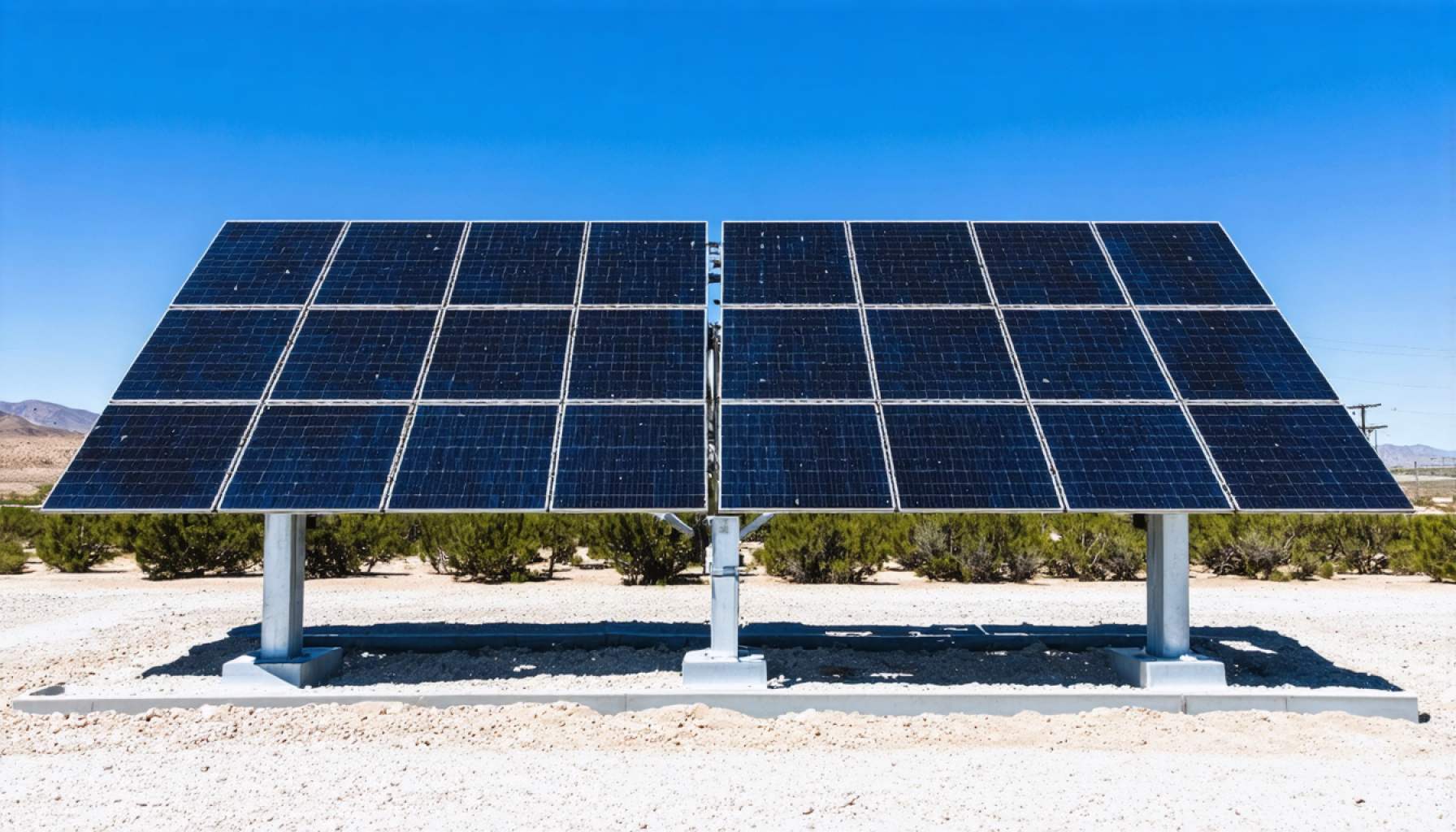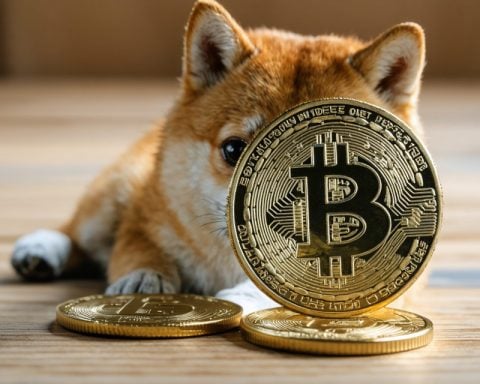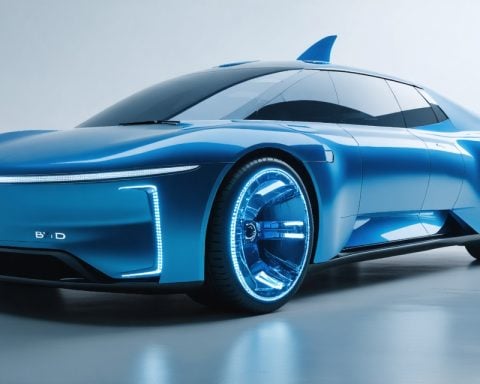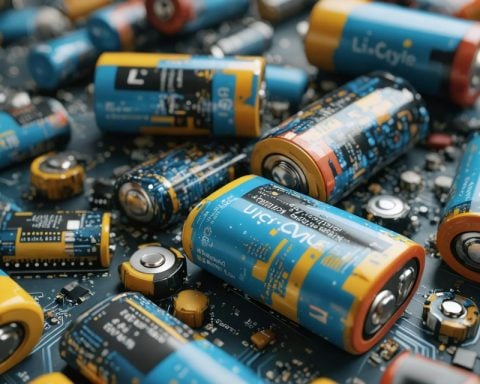- California is leading the charge in energy storage with breakthroughs in battery technologies, crucial for renewable energy integration.
- Innovative advancements include lithium-ion, vanadium flow, and sodium-ion batteries, facilitated by firms like Tesla and Fluence.
- Battery storage enhances grid reliability by storing excess renewable energy and providing backup power during peak demand.
- Environmental benefits include reduced carbon emissions, while economic advantages involve job creation and global investments.
- Challenges include high battery costs and recycling issues, but research and policy support aim to overcome these hurdles.
California is spearheading a revolution in energy storage with advancements in battery technology, ushering in a new era of sustainability and energy resilience. As the state pivots towards renewable energy, battery storage is emerging as a crucial component in stabilizing the grid, ensuring continuous power supply when the sun isn’t shining or the wind isn’t blowing.
Innovative Technologies Lead the Way
Recent breakthroughs in lithium-ion and alternative chemistries, such as vanadium flow and sodium-ion batteries, are driving this transformation. Companies like Tesla, Fluence, and several startups are deploying large-scale storage projects, capable of storing hundreds of megawatt-hours of electricity. These systems not only store excess renewable energy but also enhance grid reliability by providing backup power during outages or peak demand periods.
Environmental and Economic Implications
This shift to battery storage is not solely about technology; it carries profound environmental and economic benefits. By reducing reliance on fossil fuels, California is cutting carbon emissions and advocating for a cleaner environment. Economically, the sector is creating jobs and fostering innovation, attracting investments globally. Moreover, these advancements hint at a future where individuals can store solar energy at home, minimizing reliance on the grid.
Challenges and the Road Ahead
While the progress is promising, challenges persist. Battery costs remain high, and recycling old batteries poses environmental risks. However, ongoing research and policy support are expected to address these issues, propelling California towards a sustainable energy future. As battery storage becomes increasingly mainstream, California stands as a beacon for other states and countries seeking to harness renewable energy effectively.
California’s Battery Revolution: What You Need to Know Now!
Emerging Questions and Answers
What are the latest innovations in battery technology that are transforming energy storage in California?
Recent advancements in battery technology such as solid-state batteries and the emergence of next-generation chemistries like lithium-sulfur are transforming the energy storage landscape. These innovations promise enhanced capacity, faster charging times, and improved safety features. Companies like QuantumScape are at the forefront of these developments, making significant strides in solid-state battery technology which could overcome the limitations of traditional lithium-ion batteries.
How is battery recycling being addressed to mitigate environmental risks in California?
In response to the environmental risks posed by battery recycling, California is pioneering solutions by implementing stricter regulations and investing in new recycling technologies. Companies are developing processes to extract valuable metals like lithium, cobalt, and nickel more efficiently, reducing waste and limiting the environmental impact. The state is also exploring partnerships with European firms experienced in sustainable recycling practices, further bolstering its green initiatives.
What role does battery storage play in California’s grid stability and energy policy?
Battery storage is crucial for grid stability in California, allowing for more effective integration of renewable energy sources. It helps manage peak demand periods by providing stored energy when it’s needed the most, thereby reducing the strain on the grid. The California Energy Commission is actively supporting projects that enhance battery storage capabilities, aligning with state policies aimed at achieving 100% clean energy by 2045.
Enhanced Insights and Market Forecasts
Market Growth and Forecasts
The global battery market is projected to grow significantly, with California positioned as a major player. New market reports suggest a compound annual growth rate (CAGR) of over 25% in the battery storage sector by 2030, driven by increasing demand for electric vehicles and renewable energy systems.
Controversies and Discussions
The battery industry is not without its controversies, particularly regarding the sourcing of raw materials. Ethical mining and sourcing practices are under scrutiny as companies strive to ensure that their supply chains are free of conflict minerals and human rights abuses.
Pros and Cons of Current Technologies
– Pros: Increased energy reliability, reduction in carbon footprint, job creation, and promotion of technological innovation.
– Cons: High initial costs, environmental impact of disposal, and technology limitations that are yet to be fully addressed.
Use Cases and Innovations
Beyond grid stabilization, these advanced batteries are finding use in residential solar systems, electric vehicles, and even remote community electrification projects. This versatility is driving widespread adoption and innovation, making clean energy more accessible.
For more detailed information on energy programs and policies, visit the main domain of the California Energy Commission.
















